Ethiopian Collards: A Spicy Journey Through Global Flavors
Table of Contents
Introduction to Ethiopian Collards
When it comes to global spice traditions, few ingredients are as rich in flavor and cultural significance as Ethiopian collards. Known locally as *gomen*, these leafy greens are a staple in Ethiopian cuisine and play a central role in many traditional dishes. But what exactly are Ethiopian collards, and why do they hold such a special place in the culinary world?
Unlike the more commonly known collard greens from the American South, Ethiopian collards have a distinct taste profile—slightly bitter, earthy, and packed with nutrients. They’re often cooked with spices like berbere, garlic, and ginger, creating a dish that’s both comforting and deeply flavorful.

One of the most popular ways to enjoy Ethiopian collards is in a dish called *gomen wat*, which is a stew made with the greens, onions, garlic, and a mix of spices. It's often served alongside injera, a spongy flatbread that's a hallmark of Ethiopian food.
If you're new to Ethiopian collards, don’t be intimidated by their bold flavor. With the right preparation and seasoning, they can become a favorite in your kitchen.
Global Spice Traditions and the Role of Ethiopian Collards
The use of spices in cooking is a universal language, and Ethiopia has its own unique way of infusing flavors into everyday meals. Ethiopian collards are a perfect example of how local ingredients can be transformed through the power of spices.
Spices like berbere, which is a blend of chili peppers, cumin, coriander, and other warm spices, give Ethiopian collards their signature heat and depth. This spice mix is not only used in gomen wat but also in many other traditional dishes, making it a cornerstone of Ethiopian cuisine.
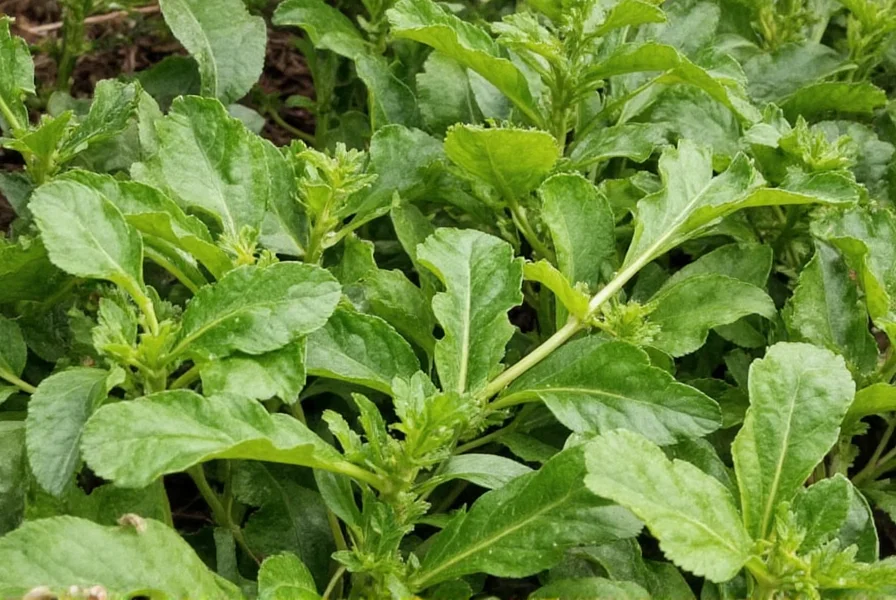
But Ethiopian collards aren’t just about heat—they’re also about balance. The bitterness of the greens is often offset by the sweetness of onions, the sharpness of garlic, and the richness of oil or butter. This interplay of flavors is what makes them so versatile and appealing.
Interestingly, Ethiopian collards share similarities with other leafy greens around the world. For example, they’re somewhat comparable to kale or mustard greens, but they carry a more intense flavor and are typically cooked rather than eaten raw.
Practical Tips for Cooking with Ethiopian Collards
Whether you're a seasoned cook or a curious enthusiast, here are some practical tips to help you make the most of Ethiopian collards:
- Choose fresh, tender leaves: Look for bright green, crisp collards without any yellowing or wilting.
- Wash thoroughly: Since they grow close to the ground, collards can sometimes be gritty. Rinse them well under running water and pat dry before using.
- Use the right amount of spice: Start with a small amount of berbere or other spices and adjust to taste. You can always add more, but it’s hard to take it away once it’s in.
- Pair with complementary ingredients: Onions, garlic, tomatoes, and even potatoes work well with Ethiopian collards, adding layers of flavor and texture.
- Cook slowly: These greens benefit from slow cooking, which helps soften the leaves and release their full flavor.
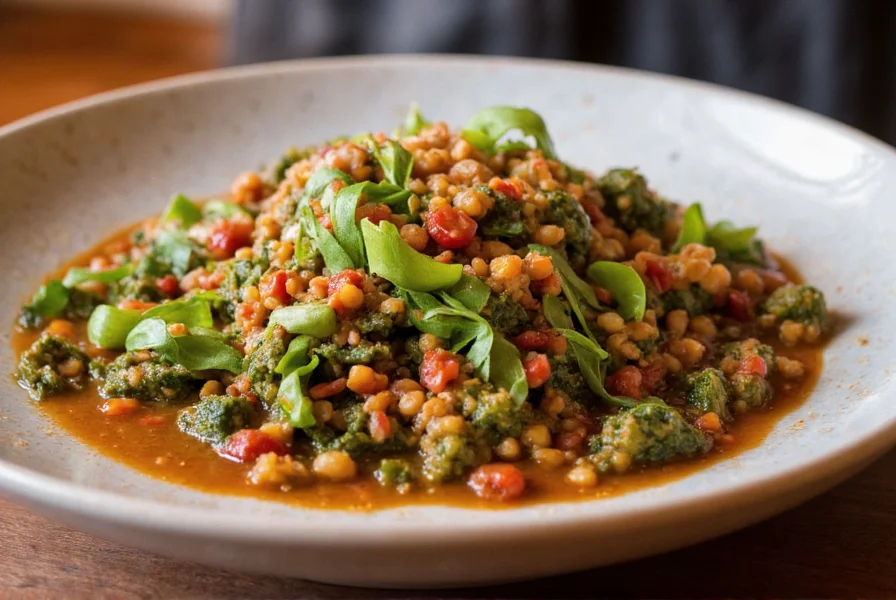
Here’s a quick tip: if you want a lighter version of gomen wat, you can skip the oil and use water or vegetable broth instead. This keeps the dish healthy while still delivering that rich, spicy flavor.
Buying Guide for Ethiopian Collards
Whether you’re shopping at a local market or ordering online, knowing what to look for can make all the difference when it comes to selecting the best Ethiopian collards.
Where to Buy
Ethiopian collards may not be available in every grocery store, especially outside of areas with a significant Ethiopian population. Here are a few options:
- Local specialty markets: Many ethnic markets, particularly those serving African communities, carry fresh Ethiopian collards.
- Online retailers: Websites like Amazon or specialty spice shops may offer dried Ethiopian collards or related products.
- Health food stores: Some health food stores carry organic or specialty greens, including Ethiopian collards.
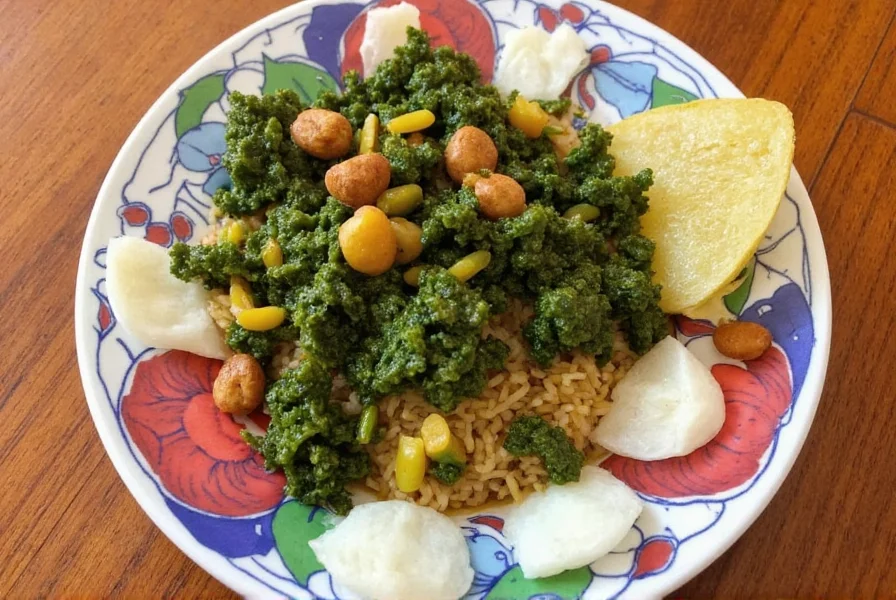
What to Look For
When buying Ethiopian collards, keep an eye out for the following features:
- Freshness: Fresh collards should be vibrant green with no signs of wilting or discoloration.
- Texture: The leaves should be firm and crisp, not slimy or mushy.
- Size: Smaller, tender leaves are generally more flavorful and easier to cook.
- Sourcing: If possible, choose organic or locally grown collards for the best quality and sustainability.
Recommended Products
If you're looking for ready-made Ethiopian collards or related ingredients, here are a few products worth considering:
| Product | Features | Advantages | Target Audience | Occasions |
|---|---|---|---|---|
| Ethiopian Collards (Dried) | Shelf-stable, easy to store | Convenient for long-term use | Cooking enthusiasts, busy professionals | Weeknight meals, international cuisine nights |
| Berbere Spice Mix | Authentic Ethiopian spice blend | Enhances the flavor of collards and other dishes | Spice lovers, home cooks | Family dinners, holiday gatherings |
| Injera Flatbread | Traditional Ethiopian bread | Perfect for serving with gomen wat | Foodies, travelers | Ethiopian cuisine events, cultural celebrations |
These products can be great additions to your pantry if you’re interested in exploring Ethiopian cuisine more deeply.
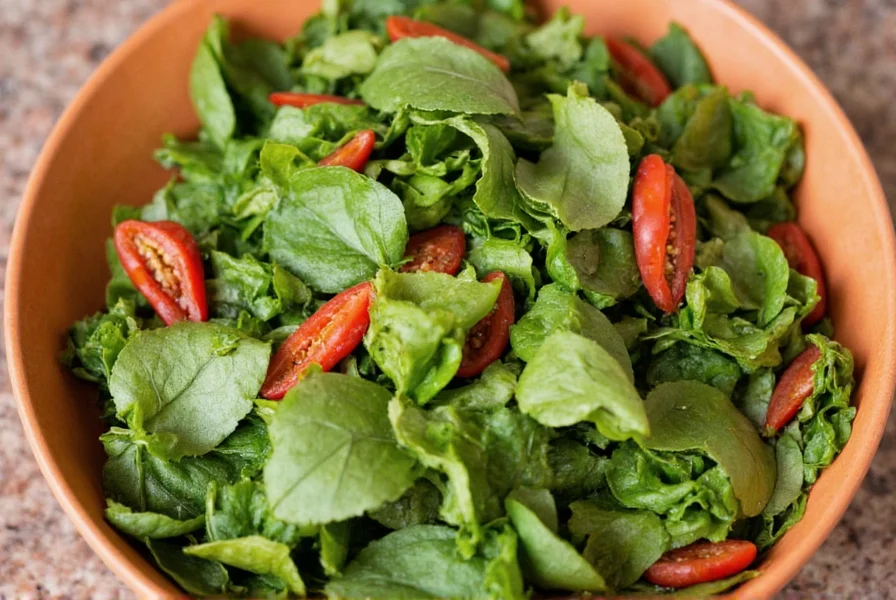
Conclusion
Ethiopian collards are more than just a side dish—they’re a gateway to a world of rich, complex flavors and deep cultural traditions. Whether you’re experimenting with new spices, learning about global cuisines, or simply looking for a nutritious and delicious meal, Ethiopian collards have something to offer.
From their unique flavor profile to their versatility in cooking, these greens are a must-try for anyone with a passion for food and culture. So why not start your journey today? With the right ingredients, a bit of practice, and a love for spice, you can bring the taste of Ethiopia into your own kitchen.
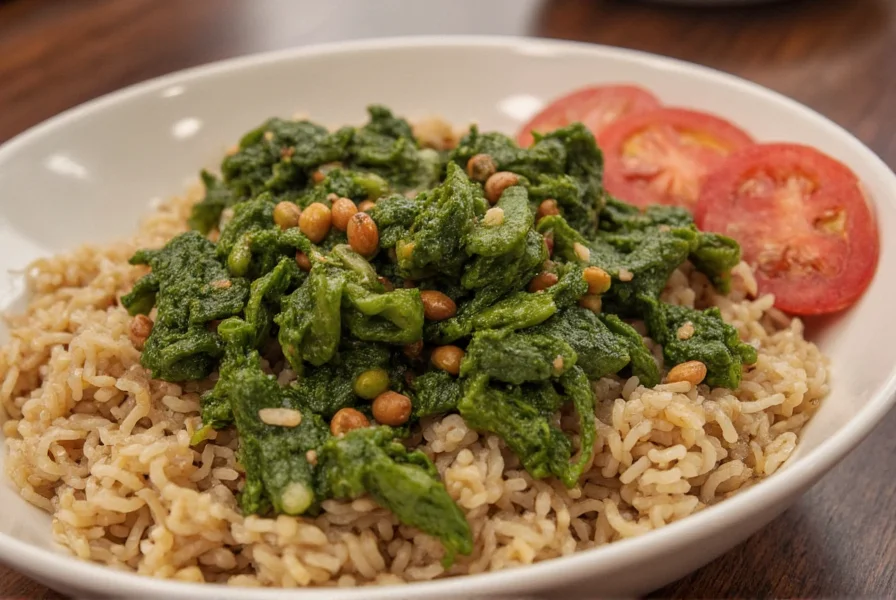
Remember, the key to mastering Ethiopian collards lies in balancing their natural bitterness with the warmth of spices and the richness of oils or butter. As you explore this ingredient, you’ll discover new ways to express your creativity in the kitchen—and perhaps even find a new favorite dish along the way.

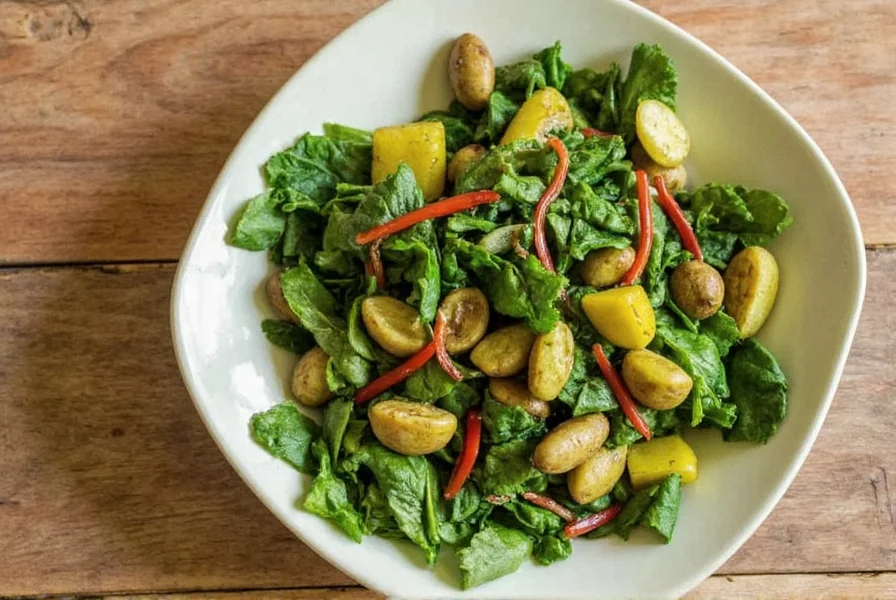









 浙公网安备
33010002000092号
浙公网安备
33010002000092号 浙B2-20120091-4
浙B2-20120091-4